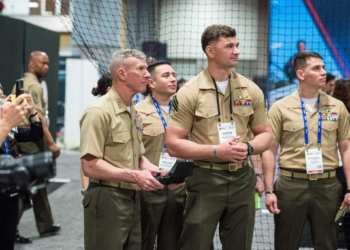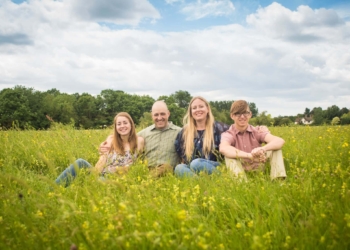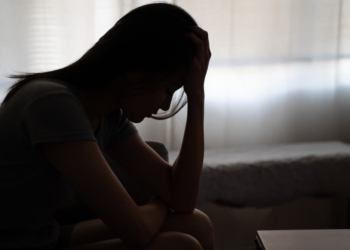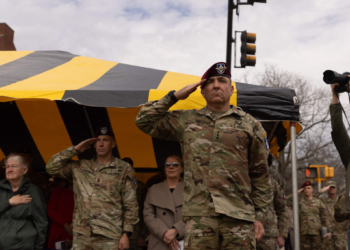A deadly pandemic, a Category 5 hurricane and two earthquakes. While this sounds like cataclysms from the Old Testament — it’s not. Puerto Rico has been dealing with a range of natural disasters for the past three years.
In the center of them all is the Puerto Rico National Guard, stepping up to the challenges each provides.
“It’s certainly showing that the Puerto Rico National Guard is a flexible and adaptable force,” Maj. Gen. José Reyes, adjutant general, said.
COVID-19
The COVID-19 pandemic disrupted the lives of just about every American. The mantra of elected officials has been, “Flatten the curve,” meaning stop the spread of the virus. PRNG is doing its part to accomplish that by conducting medical evaluations of everyone entering Puerto Rico.
Earlier this year, PRNG and other federal and state agencies started screening incoming passengers at the international airport in San Juan by installing 11 infrared cameras that measure a person’s body temperature.
If a passenger has a temperature of 100.3° or over, they are immediately taken to a triage area and tested for COVID-19.
This is a 24/7 operation with about 260 PRNG members participating — roughly 60 are assigned to each six-hour shift.
In addition to military personnel, 150 students from Puerto Rico’s four medical schools have volunteered for this mission as well.
This actually worked as an unintentional recruitment campaign when four of them decided to join the PRNG. One of them is 2nd Lt. Laiza Rivera.
The 27-year-old says she was going stir-crazy being home all day because of the lockdown so she decided to volunteer at the airport. Rivera, whose major is ophthalmology, was already in the process of joining but inspired the other three student-volunteers to join as well.
PRNG has similar operations at other ports of entry.
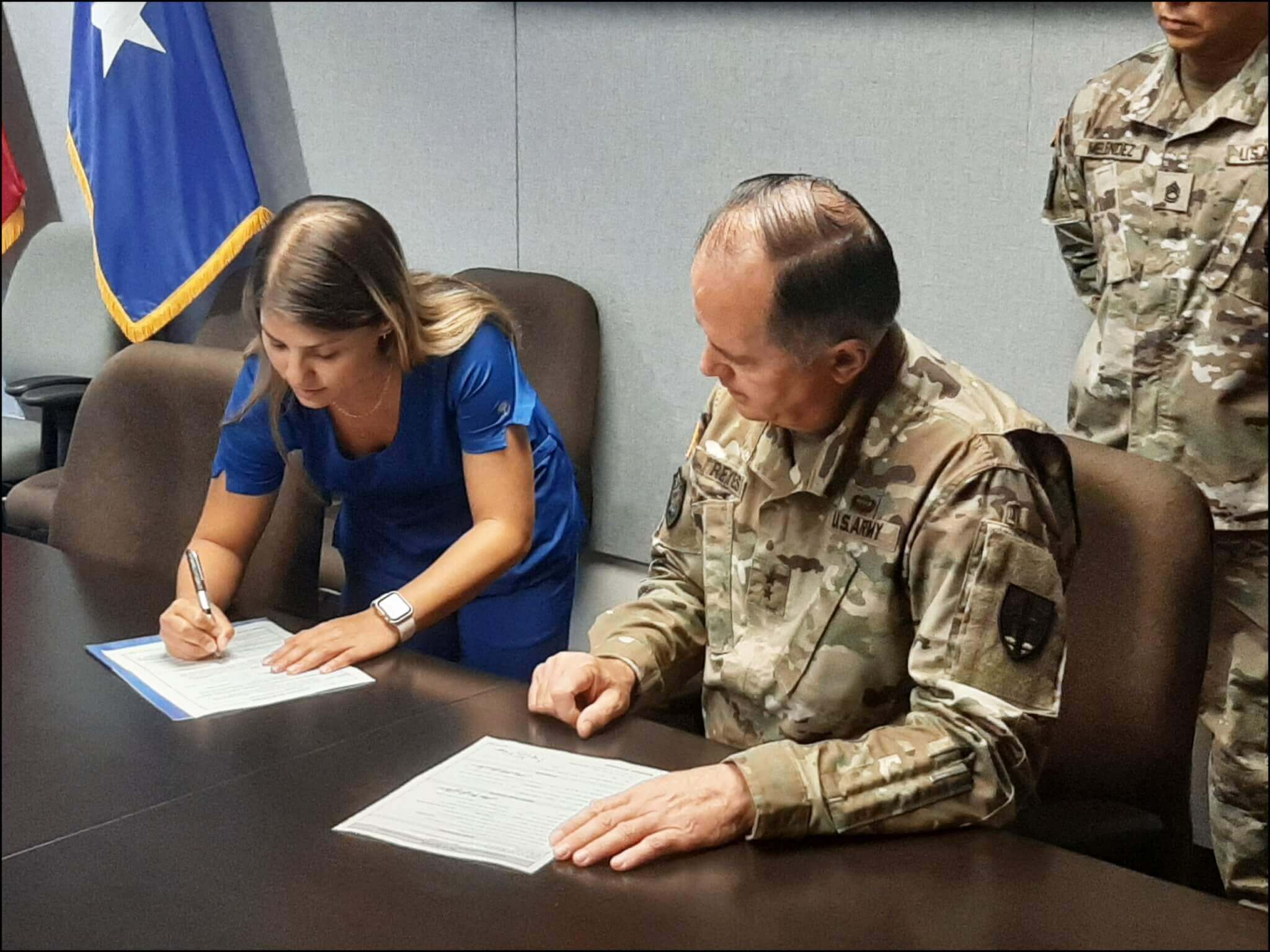
Annual training
PRNG’s ability to adapt is illustrated in its revised plan for annual training. Ordinarily, large groups of personnel would attend exercises at the national training center in California, as well as another location in Louisiana. Not this year. In an effort to practice social distancing, those exercises will be modified to be conducted in smaller groups at Camp Santiago in Puerto Rico.
Additionally, classes that would normally be held in a conference room have switched to video conferencing.
Hurricane Maria
In 2017, Hurricane Maria devastated Puerto Rico.
Under Reyes’ command, the island’s combined military forces provided its residents with just about everything they needed.
They provided MPs to the local police departments to maintain law and order; engineers cleared hundreds of miles of debris from roadways; and they conducted search and rescue operations in flooded communities and evacuated stranded citizens. The Army aviation unit conducted countless flights to and from the center of the island (its most rural and isolated area) to deliver food, water and emergency supplies.
Puerto Rico still hasn’t fully recovered from the hurricane and the 56 year-old general predicts that won’t happen for another 10 to 12 years.
Two earthquakes
If the hurricane wasn’t bad enough, Puerto Rico was shaken by two major earthquakes in January. There were 10,000 people who either partially or completely lost their homes.
Reyes, who was born and raised in Puerto Rico, presented a plan to Governor Wanda Vázquez Garced to relocate these refugees. PRNG then established five major camps, each with a capacity of about 1,700. In partnership with FEMA and other agencies, they relocated over 10,000 people in 56 days.
Hurricane season
While no one can predict when an earthquake will occur, there is an established hurricane season for the Caribbean and it’s happening now.
Under Homeland Security Presidential Directives Nos. 8 and 9, states and territories are required to conduct preparatory training in response to the threats that pose the greatest risk to national security, including natural disasters.
PRNG is on it conducting emergency management exercises for hurricanes, earthquakes, pandemics and even tsunamis with all 78 municipalities on the island. Until last year, exercises were only for Category 5 hurricanes. The new exercises anticipate all these disasters happening concurrently.
Puerto Rico has had a lot thrown at it over the past three years and, in theory, it all could happen again. PRNG will be ready if it does.
Additionally, Reyes knows Guard units from other states, as well as additional DOD personnel, has Puerto Rico’s back and will be there to support him.
Reyes came out of retirement to take on this command and he’s glad he did.
“It’s a tremendous honor to command the Puerto Rico National Guard, eight-five hundred strong, fully committed men and women with an unbreakable sense of service towards the people of Puerto Rico and our nation,” he said. “I’m very proud of each one of them.”
Read comments















